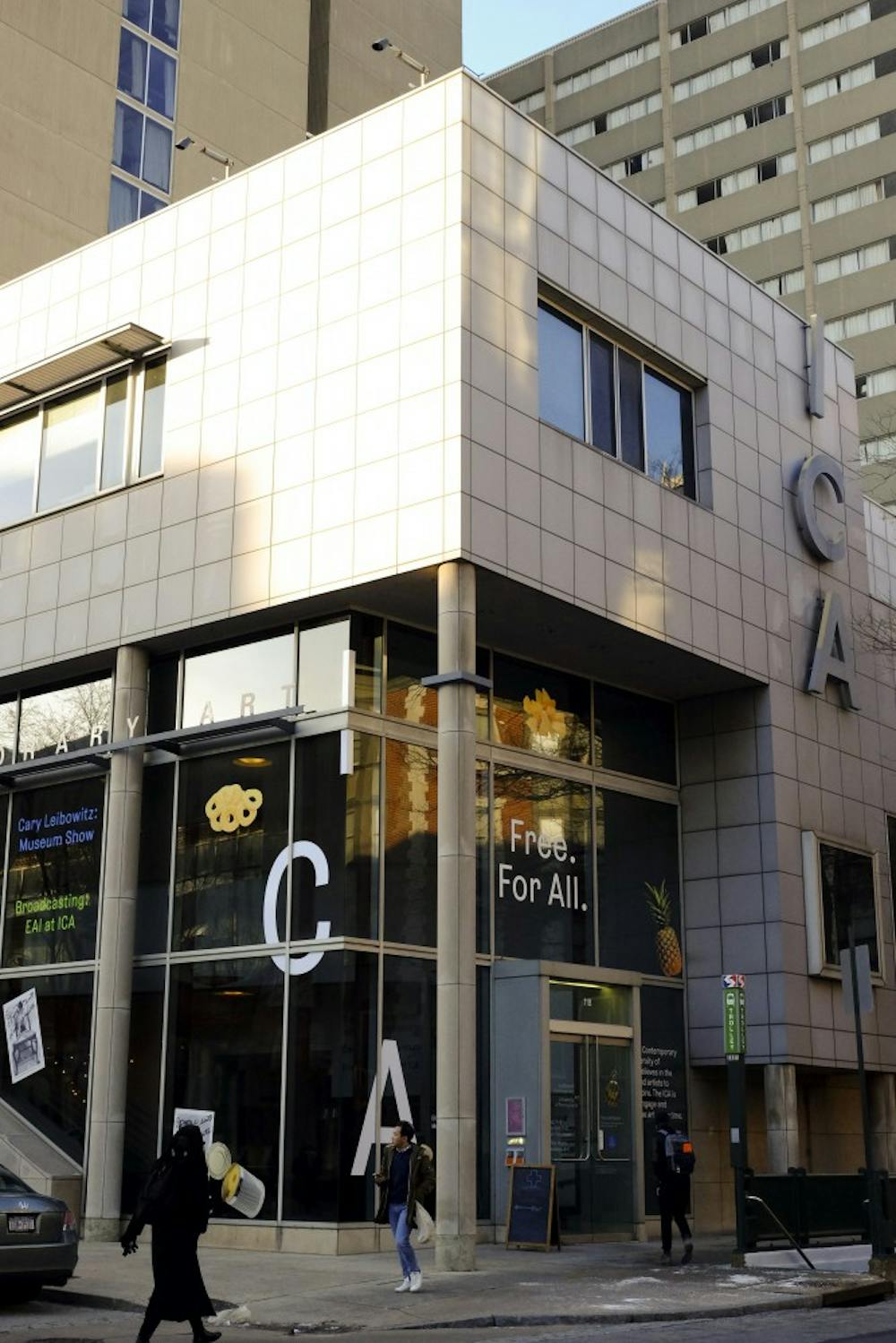The old–age view of museums is changing. With the MET, the PMA and the Barnes Foundation increasing their admission prices, art is no longer as democratized as it once was. While it is arguably becoming more a privilege as opposed to a public right as to accommodate the expenditures of museum maintenance, Penn’s very own Institute of Contemporary Art (ICA) stands counter to this position. It’s the first museum to be certified by W.A.G.E (Working Artists and the Greater Economy).
So what does this mean? Operated by WAGE, a New York–based activist organization focused on recognition and resolution of economic inequalities present throughout the art world, the certification is a showcase of whether the museum is operating by the organization's guidelines to pay artists equitably. It may seem almost common sense to do so, but exploitation is more common than people may realize. While museums make the most of the profit through donors and admissions, there’s a case to be made that even then, it would not be able to afford such masterpieces. So how does it do so? By demanding uncompensated labor from underexposed artists. Free labor is exchanged for exposure, the museums providing the exposure and the artists the free labor. And we wonder why there’s the stereotype of the struggling, starving artist. It’s not the field itself that’s not lucrative: it’s the system.
So what the WAGE certification does is standardize wages according to artists. Whereas individual museums and institutions have preferred to adhere to their own principles when it comes to payment, those with WAGE certification determine payment using a universal equation. That is, the fees that each institution is expected to pay will be proportional to its annual operating fees. That way, WAGE certification ensures that paying artists will not compromise the ability of institutions to show art, but rather will stress the importance of including payment for those who provide the essential components of any showcase.
This is why the WAGE certification of the ICA is so important. The ICA has always been one to believe that art should be freely accessible to all and to strive to bring recognition to underappreciated artists. With the certification, it means that the museum is capable of paying its exhibited artists, the standards of which are set by the artists themselves. To put this in numbers, the ICA is set to pay fees determined by its expenses of $4.8 million in 2018. Using this value, artists are paid a fixed amount depending on what they exhibit, whether it be a solo project or an artist talk.
The certification process began nearly a year and a half ago, facilitated in part by its very association with Penn. “Because we’re seeded inside this great research university, there’s a lot of sense of academic freedom,” said Amy Sadao, director of the ICA, to Hyperallergic. “So as a center directory, I report directly to the provost and that’s the structure of all the centers at Penn, and they’re not interested in the provost or the president or any of the administration dictating either what professors teach, how they teach it, or what the centers program.”
Fortunately, it’s a forerunner—that is to say, there are predecessors following the footsteps of the ICA. In an interview with artnews, Sadao says, “You have to always think: Who has the least amount of resources? And what is our role as the nonprofit, as staff who get a salary to advance the mission of this organization? How do we justify our salaries?” Maybe by encouraging other museums and art institutions to do so, the art world itself will change again—this time, for the better. Though expenditures may rise, the art industry will no doubt advance by encouraging more artists to enter it, knowing that their work will be paid for and worked on. It’s democratization of the arts for the artist.







